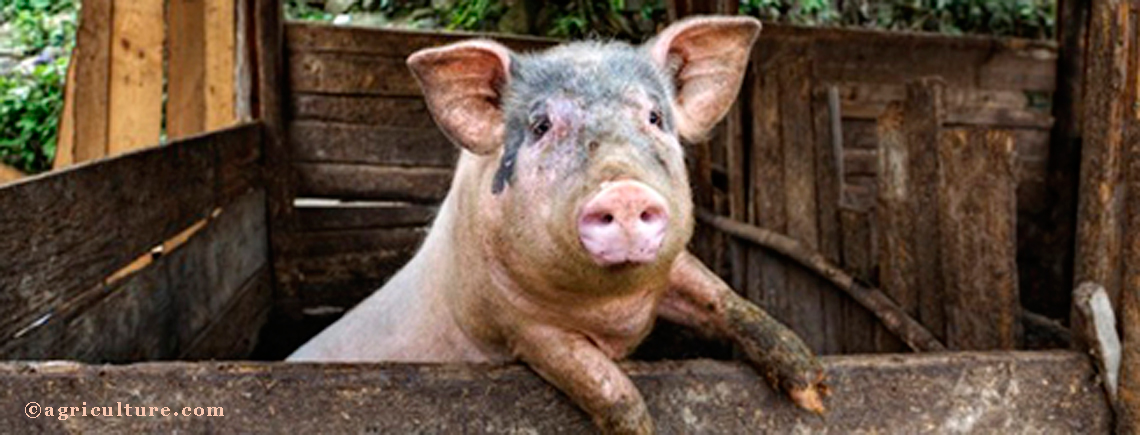The Magic of Manure
Beautiful blooms, scrumptious squash, bounteous beans and tasty tomatoes. Many factors are needed to create healthy, productive gardens but perhaps the most basic is rich, nutrient filled soil.
With the planting season drawing ever-nearer, it is time to decide what is right for the crops we want to sow and the flowers we want to take root. And for that, we need to turn to some basic science.
Just as our bodies need nutrients, so do plants. It’s a lesson that has been known for at least 8,000 years, according to Amy Bogaard, an archaeobotanist at the University of Oxford, who in 2013 measured the nitrogen-15 levels in plants such as wheat, barley and peas from 13 early farming sites. Manure has a higher than normal proportion of the rare isotope and its presence in the plants was a giveaway that Neolithic farmers were already on to something.
Soil science has come a long way in the intervening millennia but for many of us it is still a learning curve. So, we turned to the Freund family, who, it could be argued, know as much about manure as anyone in the United States.
The Freunds, dairy farmers and horticulturists, have turned the least palatable of their farm products, cow’s dung, into a “growth industry” by marketing Cow Pots, odorless seedling starter pots composed of manure and binders. The pots provide nutrients for the young plants and, because they are biodegradable, can be buried in the earth, leaving delicate root systems intact. At the same time, the gardener avoids the plastic waste usually created by traditional seedling flats.
Rachel Freund said the most basic issue when deciding what kind and how much fertilizer to use is to find out whether you even need it. “I usually recommend that people get a soil test,” she said. “How else can you know what you need?”
Once the soil has been assessed the next question is where the plants will be rooted—in a traditional garden, raised beds or containers. “I watch the mistakes people make,” said Rachel’s mother, Theresa Freund. “Many people put fabric under their raised beds, which prevents aeration by worms. I tell them to just put the raised bed on the ground and to mix in cow manure. Cow manure will attract worms and if our goal is to have healthy plants, we need happy worms.”
Manures appropriate for use in gardens are derived from plant-eating animals such as cows, sheep, horses and chickens. The animal manure supplies primary nutrients—nitrogen, phosphorus and potassium—and micronutrients for plant growth. It also is a source of organic matter which increases the water holding capacity of sandy soils and improves drainage in clay soils.
The nitrogen in the manure becomes available to plants only after microorganisms decompose the organic compounds, sometimes over the course of years. Most of the nutrients, however, about 30 to 50 percent, are available in the first year with decreasing potency over time.
Rachel Freund said creating the soil’s composition is similar to a cooking recipe. “If worms are not available, you have to provide a mixture of top soil, peat to lighten it, composted cow manure and perhaps some mulch on top to keep weeds down and to retain moisture,” said.
“If people have been using manure on their gardens for years, I advise them to just continue to use it,” added Theresa. “But if the soil is dehydrated or sandy, you would want a more concentrated nutrient value. Then you might want to throw in something like Moo Compost to attract worms and increase the soil’s water-holding capacity.”
In a society that likes to super-size everything, it might seem as if using more fertilizer might produce even better results but the experts advise against it. Some fertilizers—poultry manure in particular—are “hot,” and can burn plants if applied too enthusiastically.
Fresh manure typically has high amounts of ammonium or soluble nitrogen, releasing more nitrogen content than composted manure, and readily burns plants if over-applied. However, if the fresh manure is mixed with bedding or litter the nutrient content can be diluted.
Composting manure eliminates some of the problems of fresh manure — including the odor. And it is lighter and easier to haul since it has less moisture.
Rachel Freund offered another benefit of using well-composted manure: By turning the material as it decomposes, heat is created. If that heat reaches 145 degrees F, it kills bacteria and weed seeds that might have passed through the animal’s gut.
Because manure can carry human pathogens such as e coli, fresh manure should never be used on fruits or vegetables. For that reason, the timing of fertilizer application is important, according to the Freunds. For root vegetables and spring crops such as asparagus, fertilizer should be applied in the fall. Spring is the appropriate time to fertilize flowers and above-ground crops that will be harvested in late summer.
The U.S. Department of Agriculture recommends an application window of 120 days prior to harvesting and eating any vegetable where the edible part comes in contact with the ground. Fresh manure can be applied up to 90 days prior to harvest for vegetables that are far enough away from the soil that nothing will splash up on them. Still the USDA urges caution. Packaged manure should state on the bag whether it is pathogen-free.
“You need to fertilize a good number of months before the harvest,” Rachel Freund said.

